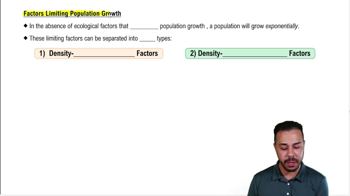<Image>
Ecotourism helps conserve wildlife by increasing the value of wildlife conservation for local people. In Argentina, the world’s largest breeding colony of Magellanic penguins is visited by thousands of tourists every year, causing the penguins to become habituated to the presence of people. Has ecotourism affected the penguins’ ability to respond to stressors? Has it affected the penguins’ secretion of corticosterone?
If penguins in a colony are habituated to the presence of tourists, how would their corticosterone response to being visited by tourists compare to that of penguins in a colony not previously exposed to tourists?






